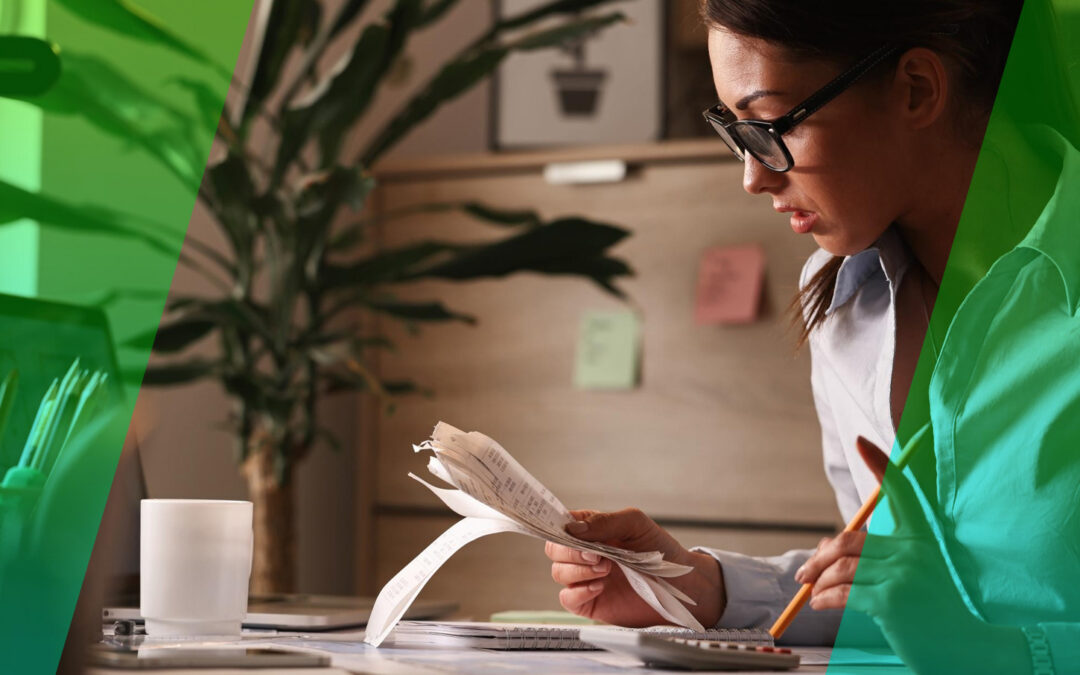But what if that panic was replaced by a calm, “Okay, I can handle this”? That is the power of an emergency fund. It is a financial safety net that you build for yourself, one that separates a simple inconvenience from a full-blown financial crisis. This guide will explain exactly what an emergency fund is, why it’s the most critical financial goal, and how you can build one, step by step.
Key Takeaways
- What It Is: An emergency fund is cash set aside *only* for true, unexpected emergencies, such as a job loss, medical issue, or urgent car repair.
- Why It’s Critical: It is the #1 tool to break the cycle of debt. It provides a cash buffer so you don’t have to borrow money when a crisis hits.
- Your First Goal: Start with an achievable **$1,000 “Starter Fund.”** This small amount provides immediate peace of mind and builds momentum.
- The Full Goal: The ultimate goal is to save **3 to 6 months** of essential living expenses.
- Where to Keep It: Store your fund in a separate, liquid High-Yield Savings Account (HYSA)—not your checking account.
What an Emergency Fund Is For (And What It’s Not For)
The most important rule of an emergency fund is defining what an “emergency” truly is. This money has one job: to protect you from life’s worst financial surprises.
✅ What an Emergency Fund IS For:
- Job Loss: Covering your rent/mortgage, utilities, and groceries if you lose your primary source of income.
- Medical & Dental Emergencies: Paying for an unexpected ER visit, a sudden root canal, or a high insurance deductible.
- Urgent Home Repairs: A burst pipe, a broken furnace in winter, or a leaking roof.
- Essential Car Repairs: A new transmission or engine repair that you need to get to work.
- Emergency Travel: Such as needing to fly last-minute for a family medical emergency.
❌ What an Emergency Fund is NOT For:
- Planned annual expenses (like holiday gifts or car registration).
- Non-essentials (a new TV, concert tickets, or a clothing sale).
- A down payment on a house or car.
- A vacation.
- Investing in the stock market.
These are all valid savings goals, but they should have their *own* separate savings accounts, often called “sinking funds.” Your emergency fund is your firewall; it’s not a general savings pot.
How to Build Your Emergency Fund: A Step-by-Step Guide
The idea of saving 3-6 months of expenses can feel impossible. Don’t let that stop you. The journey begins with a single dollar. Here is the simple, step-by-step process.
Step 1: Set Your Goal (Start Small)
Your ultimate goal is to save **3 to 6 months’ worth of essential living expenses.** This includes only what you *need* to survive: housing, utilities, food, transportation, and insurance. (It does *not* include subscriptions, dining out, or entertainment).
Your First Goal: A $1,000 Starter Fund.
Before you worry about 3-6 months, focus on this. A $1,000 “baby” emergency fund can cover a vast majority of life’s common inconveniences—a flat tire, a plumbing visit, an insurance deductible. Achieving this first goal gives you immediate breathing room and the confidence to keep going.
Step 2: Open the Right Account
Your emergency fund must be separate from your daily checking account. If you see it every day, you’ll be tempted to spend it. The account needs two key features:
- Liquid: You must be able to access the money quickly in an emergency (within 1-2 days).
- Safe: It should not be invested in the stock market, where it could lose value.
The perfect solution is a High-Yield Savings Account (HYSA). These are typically offered by online banks, are FDIC-insured, and pay a much higher interest rate than a traditional brick-and-mortar savings account.
Step 3: Fund It (Make it Automatic)
This is the most important part of the process. The easiest way to save is to make it invisible and automatic. Use the “Pay Yourself First” method.
- Set Up an Automatic Transfer: Go into your payroll system or online banking and set up an automatic transfer from your checking account to your new HYSA for the day after you get paid.
- Start Small: Even if it’s just $20 per paycheck, *start*. The consistency of the habit is more important than the amount at first.
- Add “Windfalls”: Got a tax refund? A work bonus? A birthday check? Put a portion (or all) of it directly into your emergency fund to accelerate your progress.
Step 4: Protect It and (If Necessary) Rebuild It
Once you’ve started building your fund, be its guardian. Remember what it’s for. And if an emergency *does* happen and you have to use it? That’s a victory, not a failure! You used the fund for its exact purpose and avoided debt.
After the emergency is handled, your #1 financial priority becomes refilling that fund. Pause your other savings goals and redirect your money to rebuilding your safety net back to its $1,000 (or larger) level.
Your Safety Net is Within Reach
An emergency fund is the true foundation of financial wellness. It is the piece of your financial plan that protects all the other pieces. It’s the wall that stands between you and the high-interest debt that can derail your goals.
Starting is the hardest part. Whether you can set aside $5 or $500 today, the most important thing is to begin. That first step is the beginning of real, lasting peace of mind.
Disclaimer (Please Read): The content in this article is for informational purposes only and does not constitute financial, tax, or legal advice. Individual results will vary, and past performance does not guarantee future results. For specific questions and personalized guidance, consult a Swift Debt Relief professional or a qualified financial advisor.






